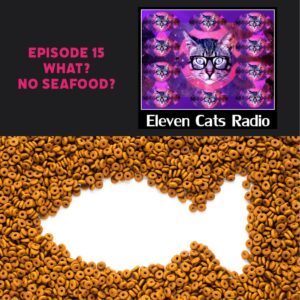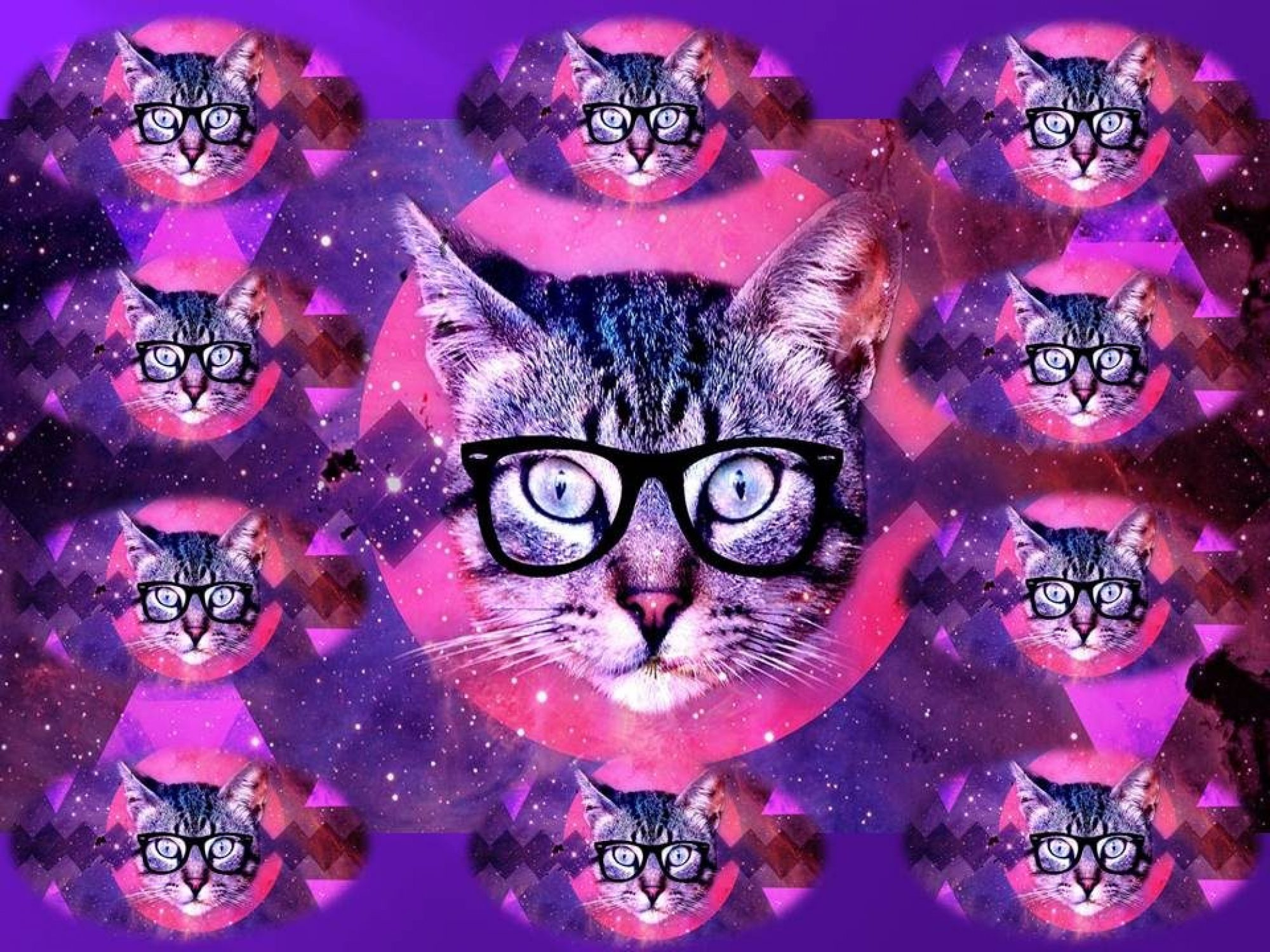
Have you heard of Rendering Plants? How about the 4 D’s as ingredients? Diseased, Dying, Dead, Decayed.
How about that bag of seafood cat food with fish as the second to last ingredient – enough to equal 2 drops of food coloring? Tune in. Then quickly re-evaluate what you feed your pets.
A LOOK INSIDE A RENDERING PLANT
By Gar Smith
Rendering has been called “the silent industry”. Each year in the US , 286 rendering plants quietly dispose of more than 12.5 million tons of dead animals, fat and meat wastes. As the public relations watchdog newsletter PR Watch observes, renders “are thankful that most people remain blissfully unaware of their existence”.
When City Paper reporter Van Smith visited Baltimore’s Valley Proteins rendering plant last summer, he found that the “hoggers” (the large vats used to grind and filter animal tissues prior to deep-fat-frying) held an eclectic mix of body parts ranging from “dead dogs, cats, raccoons, possums, deer, foxes [and] snakes” to a “baby circus elephant” and the remains of Bozeman, a Police Department quarter horse that “died in the line of duty”.
In an average month, Baltimore ‘s pound hands over 1,824 dead animals to Valley Proteins. Last year, the plant transformed 150 millions pounds of decaying flesh and kitchen grease into 80 million pounds of commercial meat and bone meal, tallow and yellow grease. Thirty years ago, most of the renders wastes came from small markets and slaughterhouses. Today, thanks to the proliferation of fast-food restaurants, nearly half the raw material is kitchen grease and frying oil.
Recycling dead pets and wildlife into animal food is “a very small part of the business that we don’t like to advertise,” Valley Proteins’ President, J. J. Smith, told City Paper . The plant processes these animals as a “public service, not for profit,” Smith said, since “there is not a lot of protein and fat [on pets]…, just a lot of hair you have to deal with somehow.”
According to City Paper , Valley Proteins “sells inedible animal parts and rendered material to Alpo, Heinz and Ralston-Purina”. Valley Proteins insists that it does not sell “dead pet by-products” to pet food firms since “they are all very sensitive to the recycled pet potential”. Valley Proteins maintains two production lines; one for clean meat and bones and a second line for dead pets and wildlife. However, Van Smith reported, “the protein material is a mix from both production lines. Thus the meat and bone meal made at the plant includes materials from pets and wildlife, and about five per cent of that product goes to dry-pet-food manufacturers…”
A 1991 USDA report states that “approximately 7.9 billion pounds of meat and bone meal, blood meal and feather meal [were] produced in 1983”. Of that amount, 34 per cent was used in pet food, 34 per cent in poultry feed, 20 per cent in pig food and 10 per cent in beef and dairy cattle feed.
Transmissible spongiform encephalopathy (TSE) carried in pig- and chicken-laden foods may eventually eclipse the threat of “mad cow disease”. The risk of household pet exposure to TSE from contaminated pet food is more than three times greater than the risk for hamburger-eating humans.
(Gar Smith is Editor of Earth Island Journal.)
Podcast: Play in new window | Download
Subscribe: Apple Podcasts | RSS
